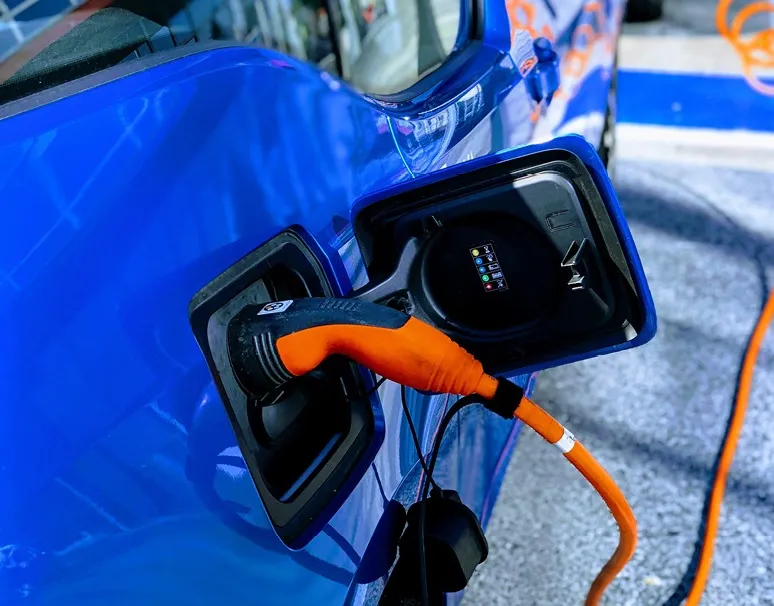PG&E says it will carry out tests to make EVs more available to transit agencies while connecting underserved communities with clean energy transportation options.
Under the agreement, PG&E will analyse and compare charging at various times of the day using different models with and without battery storage. PG&E will also fund up to five electric bus chargers and a battery storage system as well as build the infrastructure from the electric grid to the chargers and storage system.
Additionally, PG&E will use the pilot as a test case for its FleetReady programme which was approved by the California Public Utilities Commission to combat air pollution caused by diesel vehicles. Under this initiative, the investor-owned utility company will work with medium- to heavy-duty clients as well as transit agencies, school districts and delivery fleets.
PG&E to launch EV pilot in San Joaquin
Pacific Gas and Electric Company (PG&E) will launch an electric vehicle (EV) pilot to help San Joaquin Regional Transit District prepare for electric transportation. The California-based bus operator intends to have a fully-electric fleet by 2025. PG&E says it will carry out tests to make EVs more available to transit agencies while connecting underserved communities with clean energy transportation options. Under the agreement, PG&E will analyse and compare charging at various times of the day using diff
July 2, 2018
Read time: 2 mins
Related Content











